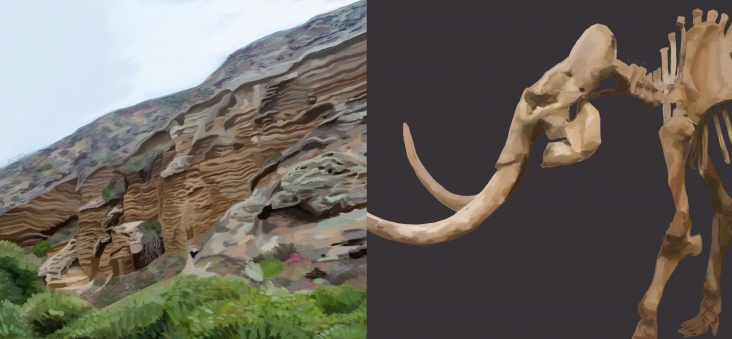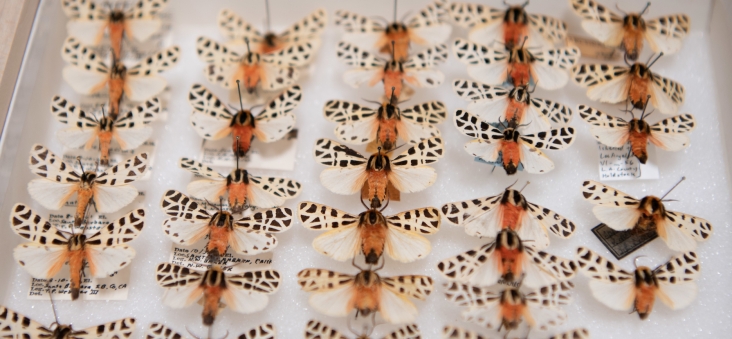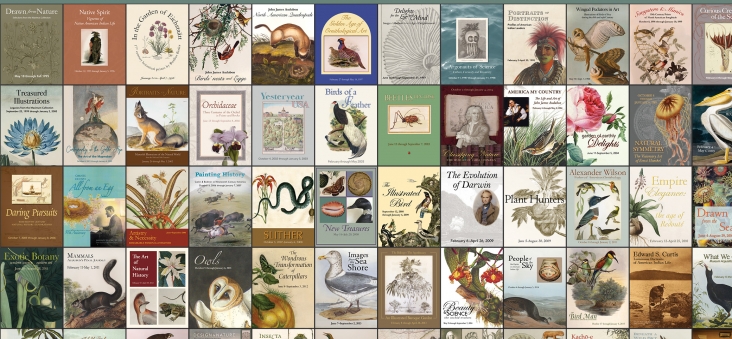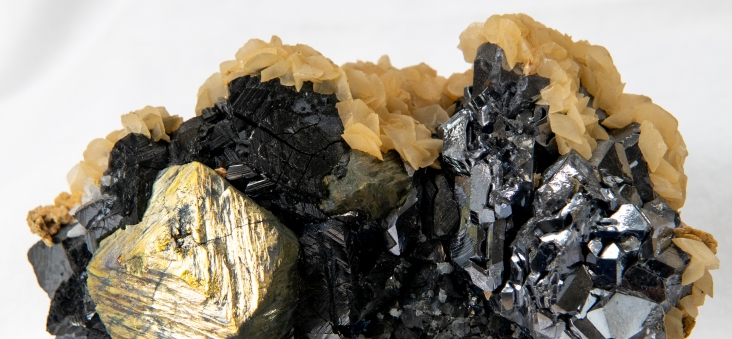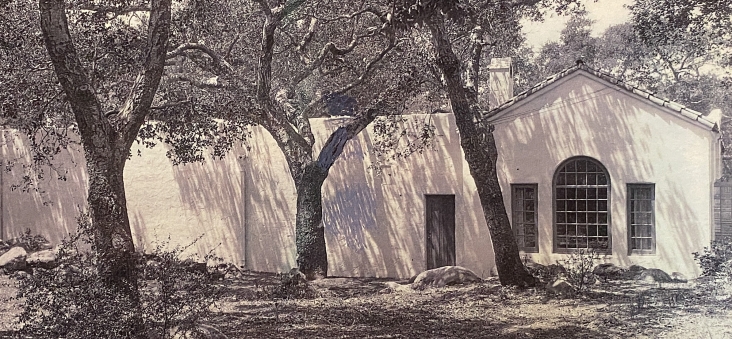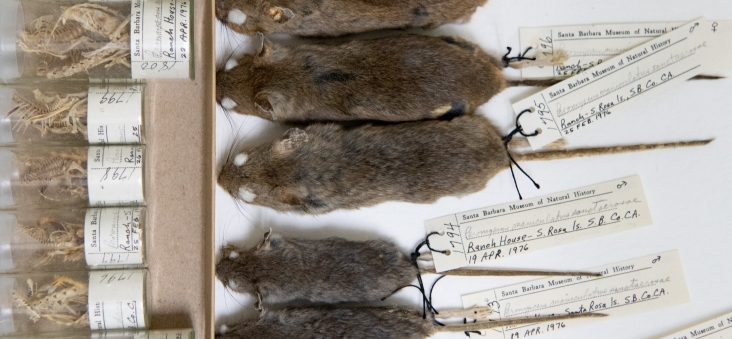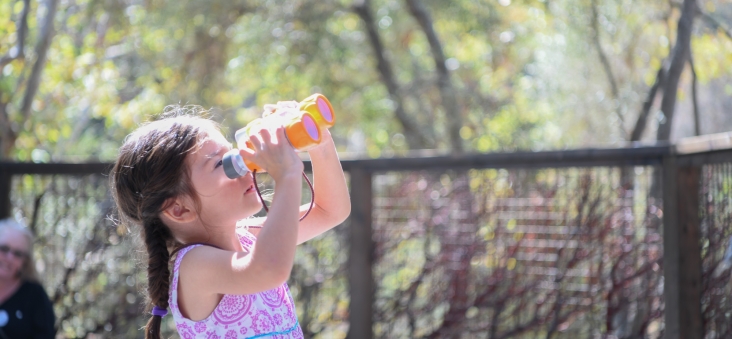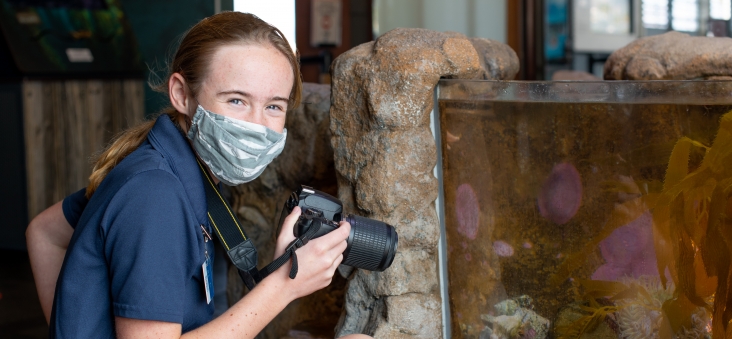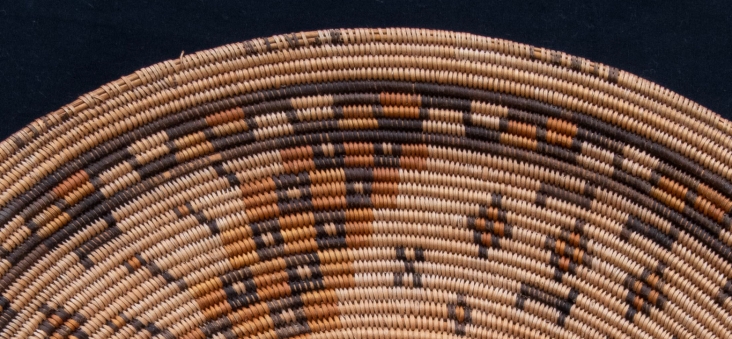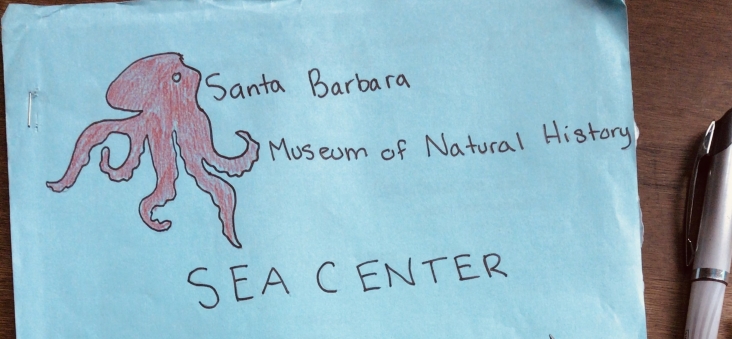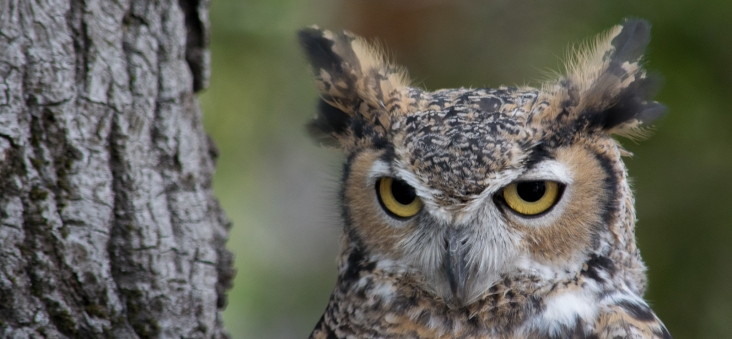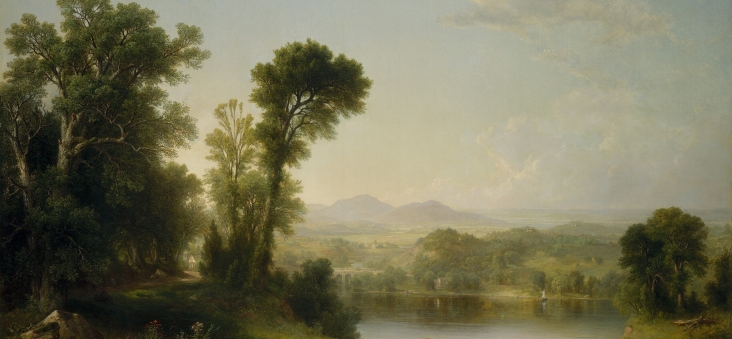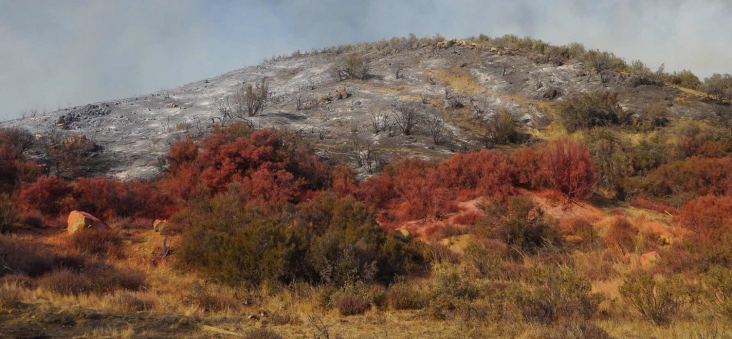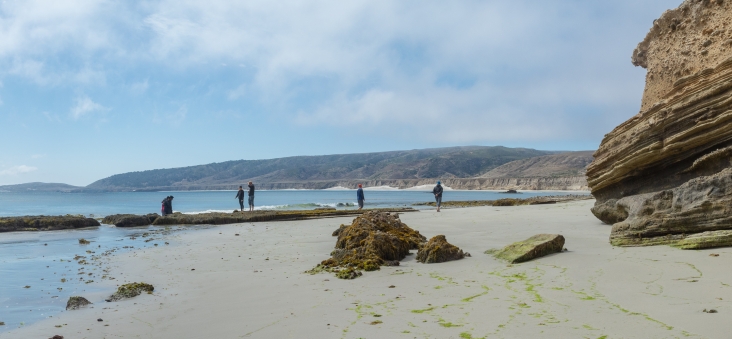A Teacher’s Forgotten Tusk: Dorothy Cooke’s Pygmy Mammoth
The Pygmy Mammoth (Mammuthus exilis) was a tiny mammoth that roamed the superisland Santarosae (now Anacapa, Santa Cruz, Santa Rosa, and San Miguel Islands) during the late Pleistocene until its extinction around 13,000 years ago. Today, two of its skeletons serve as centerpieces to our museum’s Earth Sciences hall: a composite skeleton in a glass display, and a cast of a 1994 excavation in the middle of the room. Both represent important milestones in the history of the species–the former was the first mount of a Pygmy Mammoth, and the latter is the most complete skeleton of its kind ever found. As guests pass through the hall every day, many are unaware, however, that the very history of what we know about this species is intertwined with that of the Museum. The story of SBMNH’s love for Pygmy Mammoths begins with a tusk, an island, and a woman named Dorothy Irma Cooke.

